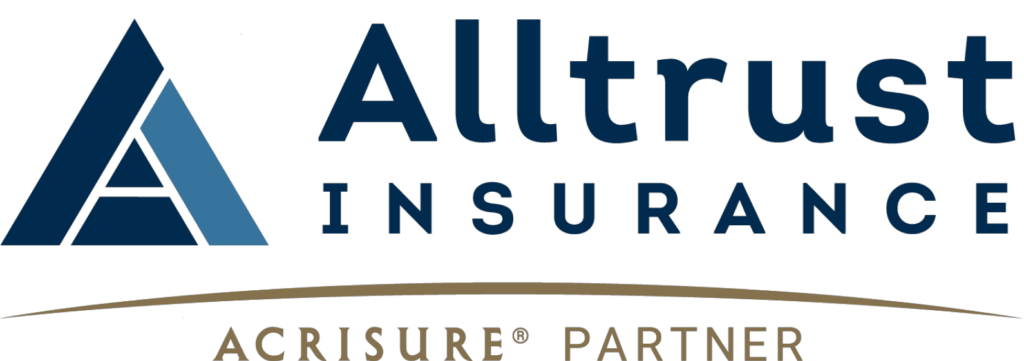With the rise of mobility, HR executives have turned to benefits administration technology to maximize employee engagement. Self-service platforms put the bulk of benefits management directly in the hands of the employees, allowing them to:
- View their plans at any time, in any location.
- Build a stronger commitment with their employer, and gain a better understanding of company benefits overall.
- Engage in a seamless educational environment for employee job development, which helps to boost job satisfaction, innovation and job performance.
Giving employees free reign over their own benefits also frees up valuable time for HR executives to focus on initiatives that add value to the company, boost team morale and adjust problem areas.
Choosing the right software can be a costly investment, so it’s essential to compare and evaluate several platforms before making a decision. Here’s some of the criteria, as outlined in Alltrust’s 2016 Human Capital Management Trends, that should be considered before implementing benefits administration software.
Mobile Access
Smartphone users seek instant gratification, so it’s only natural for employees to prefer access to payroll, time off and benefits from their smartphones in real-time. HR mobility is helpful for speedy vacation time approval, submitting expense reports while on-the-go, and accessing benefits and payroll from remote locations.
According to Pew Research Center, nearly two-thirds of Americans today are smartphone owners. Employees are becoming tech-savvier, and as a result, they expect their benefits administration to become more tech friendly.
User-Friendly Design
It’s important to compare functionality vs. ease-of-use. Implementing an intuitive, user friendly platform makes it easier for employees to use the tool, ultimately saving HR resources.
A straightforward benefits platform helps drive adoption and ensures HR systems are being used properly. Ease-of-use leaves little room for error, which keeps both employees and employers happy.
Support/Service
Most employers know that a system is only as good as its implementation and ongoing support. HR executives should ensure the platform provider can provide support and solutions. Where applicable, consider partnering with internal IT departments to offer ongoing support.
Conduct a Needs Audit
Prior to implementing a platform, conduct an internal audit to determine which features align with organizational needs. Most providers sell multiple modules in bundled packages, so preparing an audit will allow you to strategically select the appropriate implementation for your organization.
Switching Platforms
There’s much to be considered if switching platforms is necessary, especially in terms of data. Understand the platform’s process for moving historical data from one platform to another. Additionally, it’s important to align with key departments, stakeholders and senior leadership.
Today’s HR executives wear many hats, and administrative tasks can consume a great deal of time that would be better spent on talent management, job performance and other functions that significantly impact the bottom line. Additionally, implementing the right HR platform empowers, educates, and aligns employees – making HR technology a key contributor to effective human capital management.
How To Get Started
Selecting and implementing the best benefits administration technology for your organization is a step-by-step process. Here are three ways to ensure that the process has a smooth beginning:
- Conduct a Company Objectives Audit with Executive Team
- Shop Around and Create a Comparison Chart
- Host Training Sessions with the Rest of the Team
To learn about other ways technology impacts HR processes, check out Alltrust’s 2016 Human Capital Management Trends.




